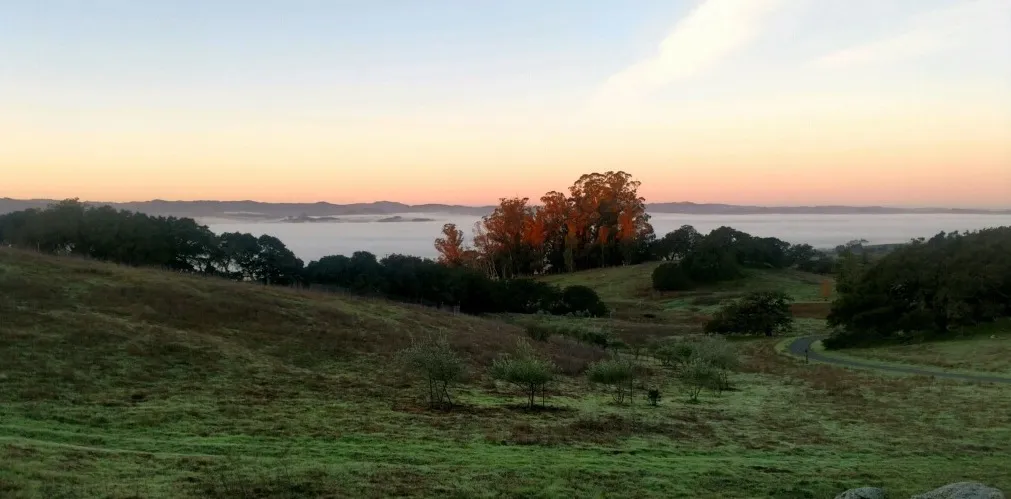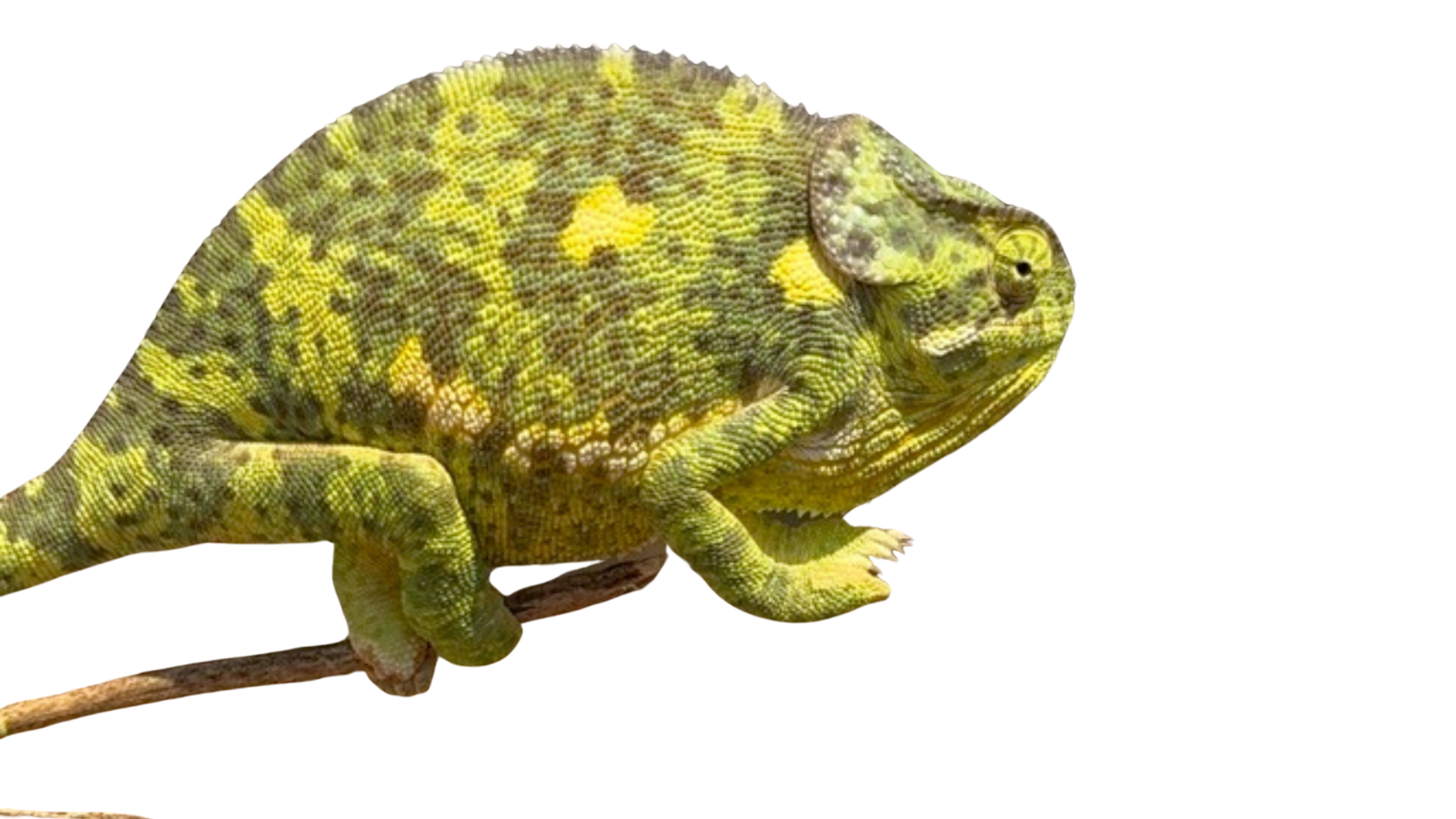As it has through the summer, the fog still rolls in every morning from the ocean, a sort of daily glacier. Only marooned mountain tops stick out. It reminds me of the view from our ranches on top of Sonoma Mountain five hundred miles to the south. But the fog is icy at this time of year. And the black shouldered kites are always perched above our pastures in the valley. I have had to learn different birds and plants in this new place, but these little birds of prey are familiar, they would show up in Sonoma County at this same time of year. It is nice to have something familiar. I have lived the last ten years of my life in Sonoma and Marin Counties producing grass fed beef. This year, my wife, my one year old baby and I came to southwestern Oregon to run cattle for the summer season, before returning to Sonoma to start the winter season with Grounded.
In the Spring when I first got here, there were no kites, they were off in greener pastures somewhere else and it was bald eagles that would fly patrols, fast raids to surprise ducks relaxing on our flooded pastures. I would wonder where the eagles and ducks are right now, but they’ll take care of themselves. I have another migration to attend to.
The eagles and kites and ducks can deal with their own migration. In the past there were many other animals that would have joined them. I’m sure these cattle would form some kind of migration if they were allowed and, boy-oh-boy, would I be happy to let them be their own travel agents. I could then just head off into the fog and see what was over those far hills, too. But the fog over our valley in Southern Oregon and the fog over the Petaluma Valley, is superficial; under it there is a modern world that would insure that such a project would not end well.
This is a modern world that we as individuals have very little control over. Everyone has to find their way through this world with its challenges and advantages and at Grounded our job is to build the best grassfed beef company we can in the context of our world. One of the tasks involved with that is to craft our approach to the idea of ‘local’ in the food system.
On the face of it, there seems to be no possibility of a more local product for someone in the Bay Area than Grounded’s. Afterall, perched on top of Sonoma Mountain, we can see the Bay Bridge and the TransAmerica Building. For those of you who sit in traffic and work in cubicles, your world looks very picturesque from where we stand too. But being immersed in the particularities of this business, some things are apparent to us that are not apparent to the casual observer. For instance, it would seem that ‘local’ should be purely a question of space, but we know that time is an equally important factor.
Here in coastal California, if we are lucky, we get six months of green grass. So we have to square our different values; local food versus healthy, biodiversity positive, tasty, and nutritious food. Cattle finished in this region in summer and fall don’t taste good and they have very little healthy omega 3 fat. The argument could be made that it is neither humane nor ecologically responsible to have cattle here during the summer and fall. This conundrum stems from the fact that in the Bay Area we have seven million people living in one place, all year round. There is no ecological analog to this situation.
Demanding that the grazing animals stop moving to provide local food for the Bay Area is the city making agriculture less sustainable rather than agriculture making the city more sustainable. ‘Local Food’ was a reaction to the sprawling industrial food system that evolved over the last seventy years. The important point was that ‘local,’ in some ways, made the food system more closely aligned with the evolutionary processes that shaped our ecosystem and therefore the food of our ancestors. But what do we do when certain parts of our ancestral ‘food system’ roamed over hundreds or thousands of miles? It is this sort of question that we have to navigate in our business and this is why I have come to Oregon for the summer.
There are two obvious ways to produce local grassfed beef during California’s summer and Fall. Well, actually there are three ways if you include lying, but let’s not deal with that one for the moment. To produce local grassfed beef during the summer and fall you could bring in feed (such as hay) from somewhere else, or rely on irrigation. Taking these one at a time, and starting with imported hay, you can see this as something of a loophole in the idea of local. You could imagine an eight year old who was head of a grassfed beef company telling his parents, “well you said you wanted the grassfed cattle to be within fifty miles from San Francisco, you didn’t say you wanted the grass to be within fifty miles from San Francisco.” Since it takes ten pounds of grass to make one pound of beef, moving grass to cattle results in much more fossil fuel being burned than moving the cattle to the grass, not to mention all the emissions involved in making the hay.
The second obvious way to overcome the problem of having green grass year round in our mediterranean climate is to use irrigation water. This has downsides too, when water for a very thirsty and low value crop like grass has to compete with drip irrigated wine grapes and drinking water for seven million people. And if you think it takes a lot of fossil fuel to move every bite of grass that a steer eats, try moving every drop of water, consumed by all the grass, that a steer eats.
This is not to chastise other producers who rely on imported feed and imported water in their grassfed beef programs. Feeding our region in an ecological way is not a small challenge and it is going to take a diversity of approaches. There is not enough rocky hillside in Sonoma County to feed its half a million residents. Trust those who try.
In addition, we use imported feed and irrigation water as a tiny component of our operation and in the future we might find that increasing its use will be the best way to get a better product. However, we will only do that if it helps us in our dual mission to improve the biodiversity of our very bio-diverse region and produce food that is in line with the food eaten by our evolutionary ancestors.
When viewed from the context of those evolutionary ancestors, our idea of local food has to have more nuance. When one of our ancestors ate a wildebeest, that wildebeest inevitably lived right next to that ancestor, at some point. But not at every point. Judging from what we know about modern wildebeest, the ancestor and the wildebeest might have been a thousand miles from each other at some point in their lives. If a friend caught a wild salmon off the Sonoma Coast and offered it to you, would you turn your nose up at it since it had spent the last three or four years traveling the vast wilds of Pacific Ocean, and therefore was not ‘local’?
When a farmer is selling salad greens that lose much of their nutritional value hours after they are harvested, there is no way of having a quality product that is not a local one. But for meat the argument is a different one. Local beef first of all manages our local landscape, the landscape that we move through in our world. It makes that landscape more biodiverse and more beautiful and therefore makes the people that live in our region better off. Closely related to this, local meat provides a close connection to that landscape.
Food is more than a collection of nutrients. So much of our psyches are built around food. Our ancestors received a potent psychological reward when they possessed enough food to see them through to the next day. For us in the modern world, sometimes the closest we can come to this feeling is to eat food that came from a place where we have walked, given to us by people that we know. This isn’t perfect, but at Grounded we are confident that for people in the Bay Area our product is as close to this ideal as can be purchased.
We look to nature for guidance on how to produce a quality grassfed beef product. We try to mimic the movements of wild grazing animals, both by moving them while they are on our ranches and by moving them between our ranches when necessary. Currently our cattle are born and raised in the mountains of Northern California. In the winter when snows push them out, they come to the Bay Area where they eat green grass for the last six months of their lives. Does this mean it is a local? We will let you decide. But again, we are confident that this product improves local biodiversity, provides a humane environment for our animals, and delivers a delicious and nutritious product, and does those things better than any other product you can buy.
Maybe next year we will bring some of our cattle up here to Oregon, across an imaginary line that black shouldered kites, bald eagles, and salmon ignore. We would then bring them back to the Bay Area for the winter and spring. They couldn’t stay here in Oregon all year either. At some point in November the Coquille River will swell and overtop its banks as it does every year, being one of the last rivers in the region to be free of dams. Green pasture will be replaced by a blue lake and cattle will no longer be the dominant species of megafauna. They will be replaced by wild and endangered coho salmon for whom this is a critical staging ground. Here they will grow and store energy for the next three or four years spent roaming the Pacific. One migration replaced by another.

